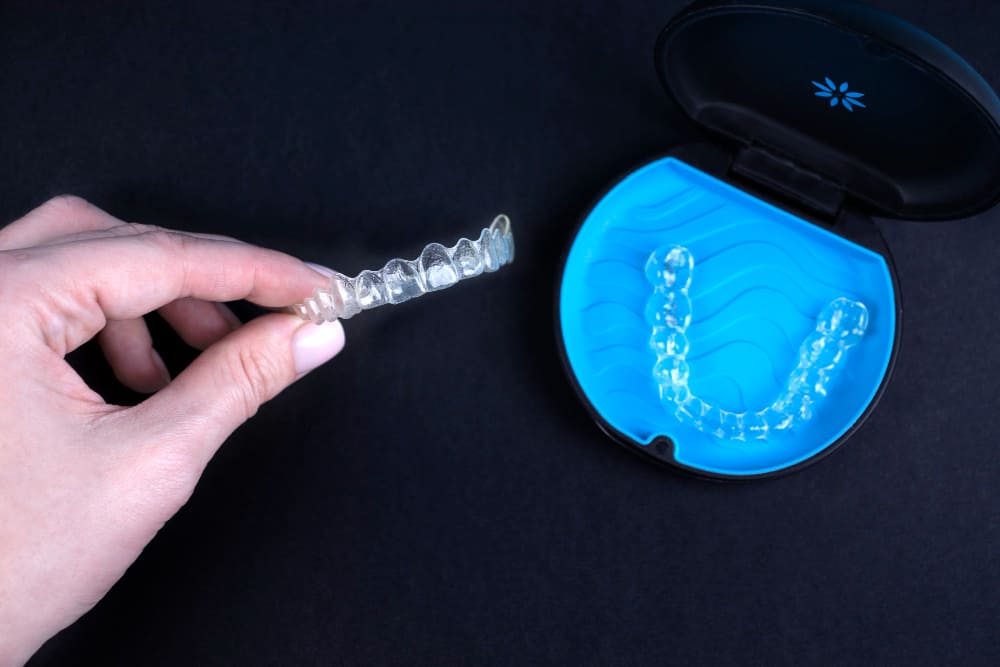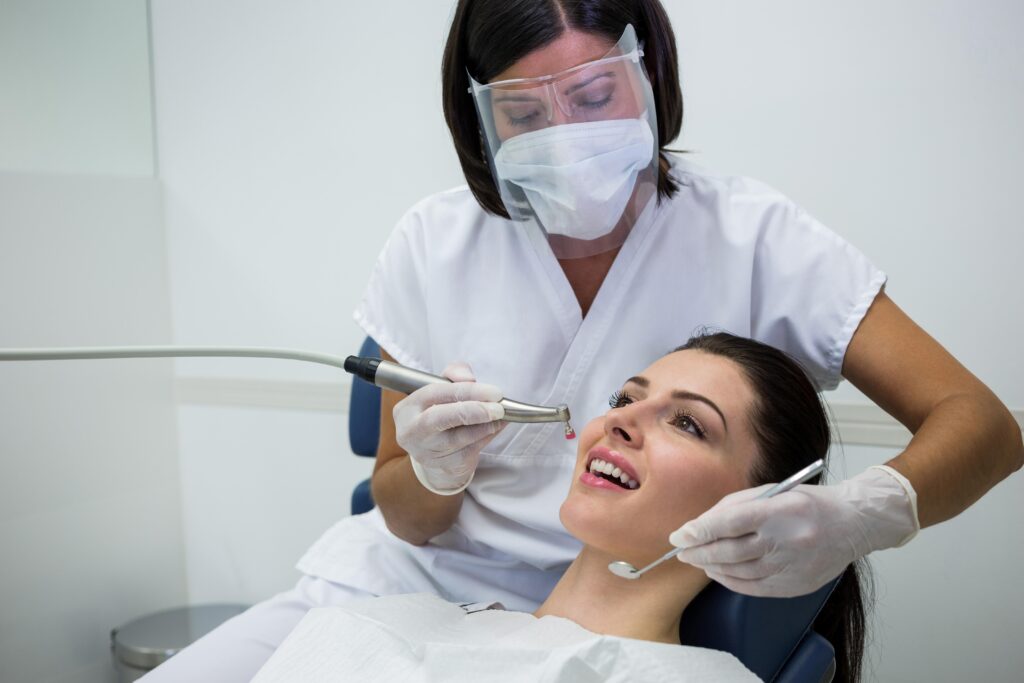Do you struggle to smile confidently because of a missing tooth? It can be hard, and you might repeatedly ask yourself why I am missing a tooth. While your dentist or orthodontist can answer this question correctly, this article is here to suggest you a potential remedy.
Read More
Dr. Satish Pai and his team of talented orthodontists at Brite Orthodontics offer a combination of excellent personal service, cutting-edge orthodontic equipment, and a pleasant environment to make that extraordinary patient experience for the people of New York.
Read More
Orthodontists specialize in helping people who want to fix the alignment of their teeth and jaws. Finding a good orthodontist is essential to ensure you get the best treatment and desired result.
Read More


